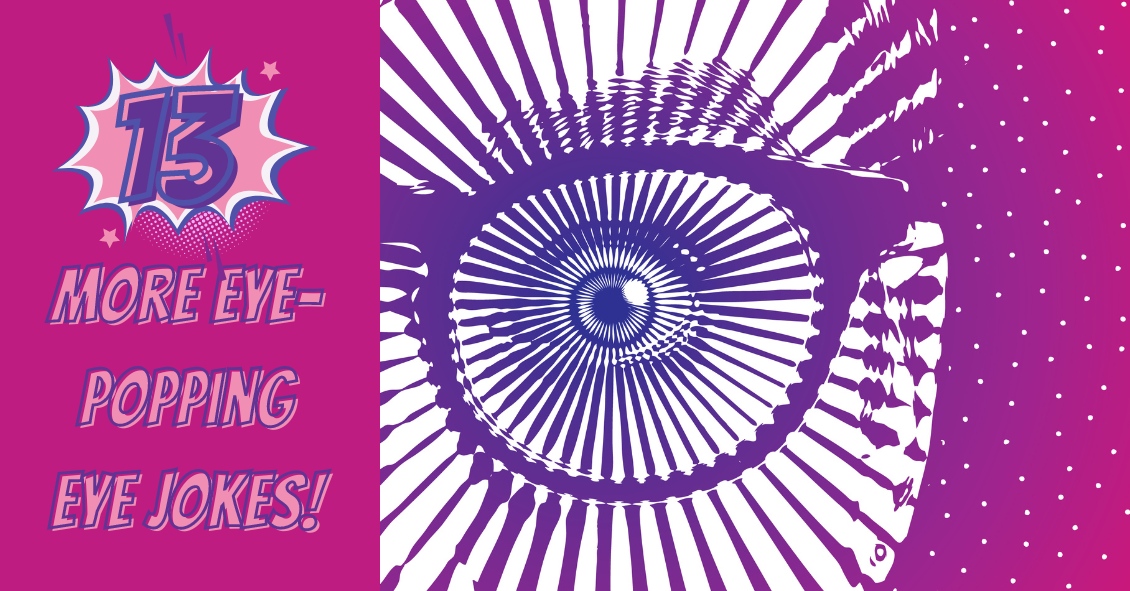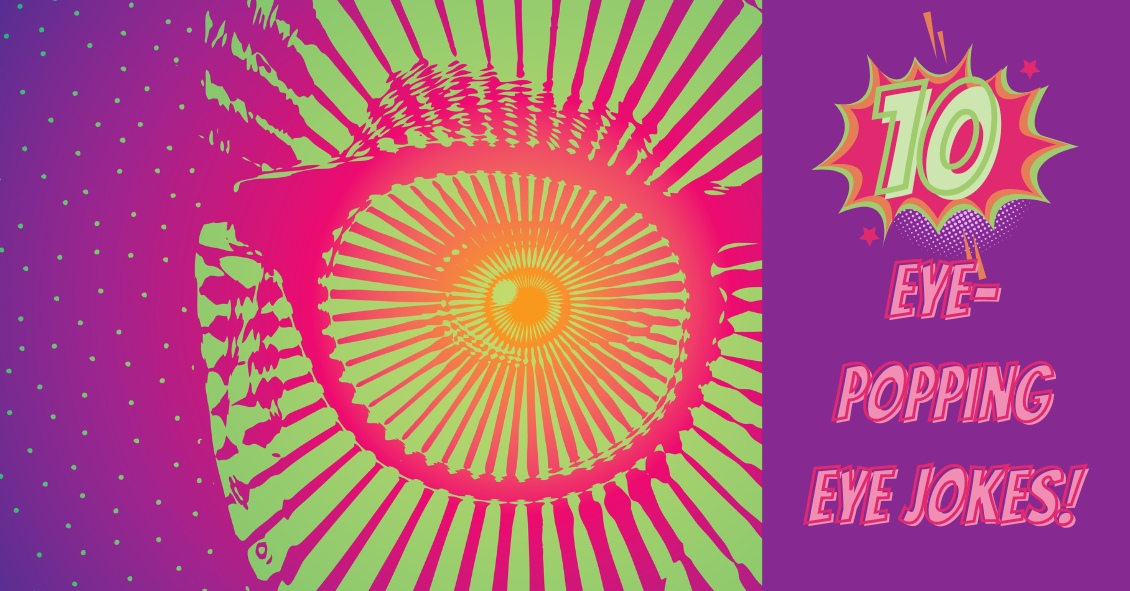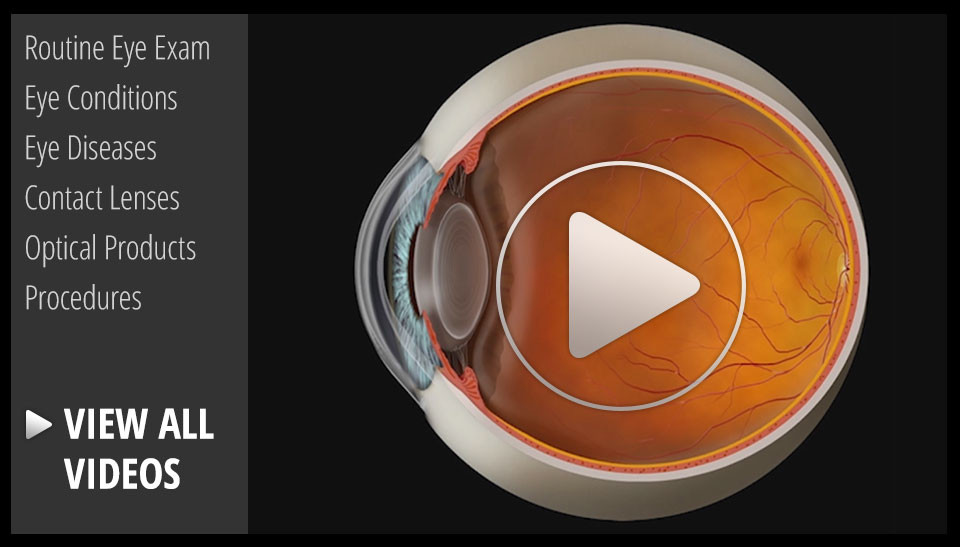Blog

Ready or not...here are 13 more jokes to make you groan!
1. Patient: "What’s that floater doing in my eye, doctor?" Doctor: “The sidestroke.”
2. Doctor: “Have your eyes ever been checked before?” Patient: “No, they’ve always been hazel.”
3. Why did the cyclops have to close his school? He had only one pupil!
4. Why wouldn’t the optometrist learn any jokes? He had heard that a joke can help break the eyes.
5. What is it called when you poke your eye with safety glasses? Eye-rony!
6. Did you here about the new website for people with chronic eye pain? It’s a site for sore eyes.
7. When are your eyes not eyes? When an onion makes them water!
8. Why do beekeepers have such beautiful eyes? Because beauty is in the eye of the bee holder!
9. Why were the teacher’s eyes crossed? Because she couldn’t control her pupils.
10. What's your eye doctor's favorite treat? Candy cornea!
11. What has four eyes and a mouth? The Mississippi.
12. Did you know that your left eye isn't real? It's just in...

Need a chuckle or a groan? Here you go...
1. Did you hear about the guy who just found out he was color blind? It hit him right out of the purple!
2. What happened to the lab tech when he fell into the grinder? He made a spectacle of himself.
3. Why is our staff so amazing? They were all bright pupils!
4. Why did the smartphone have to wear glasses? It lost all of its contacts.
5. What did one pupil say to the other? I’m dilated to meet you.
6. What do you call a potato wearing glasses? A Spec-Tater!
7. What do you call an optician living on an Alaskan island? An optical Aleutian.
8. What was the innocent lens’s excuse to the policeman? "I’ve been framed, officer!"
9. Where is the eye located? Between the H and the J.
10. Where does bad light end up? In Prism!


